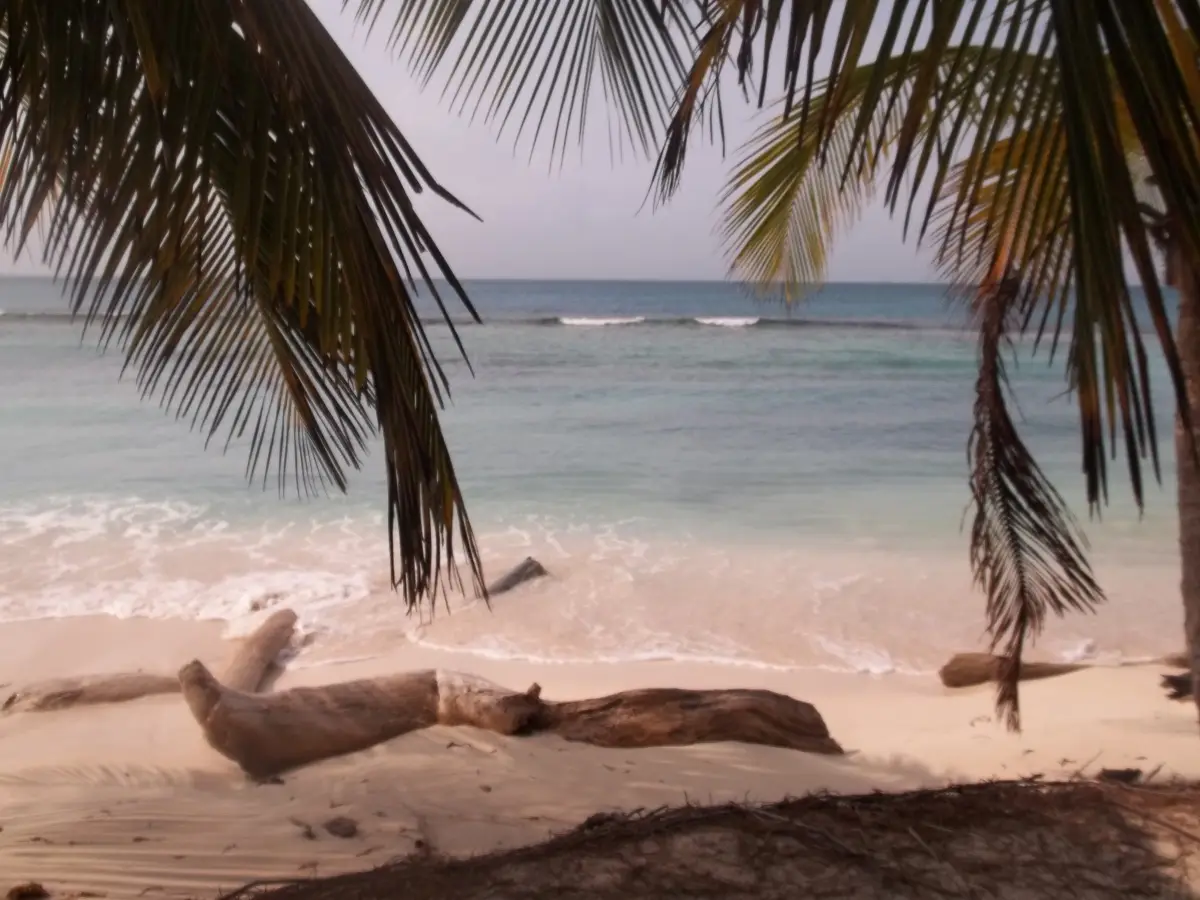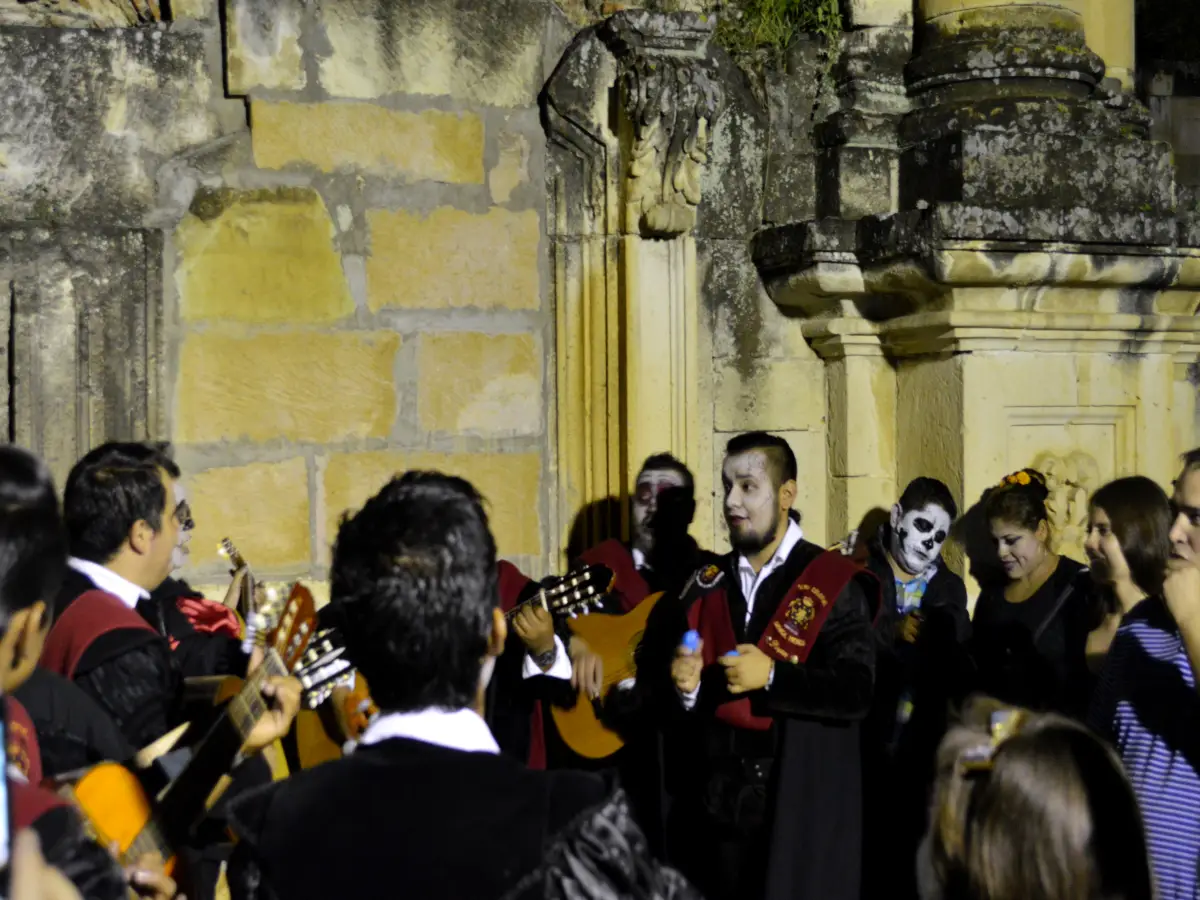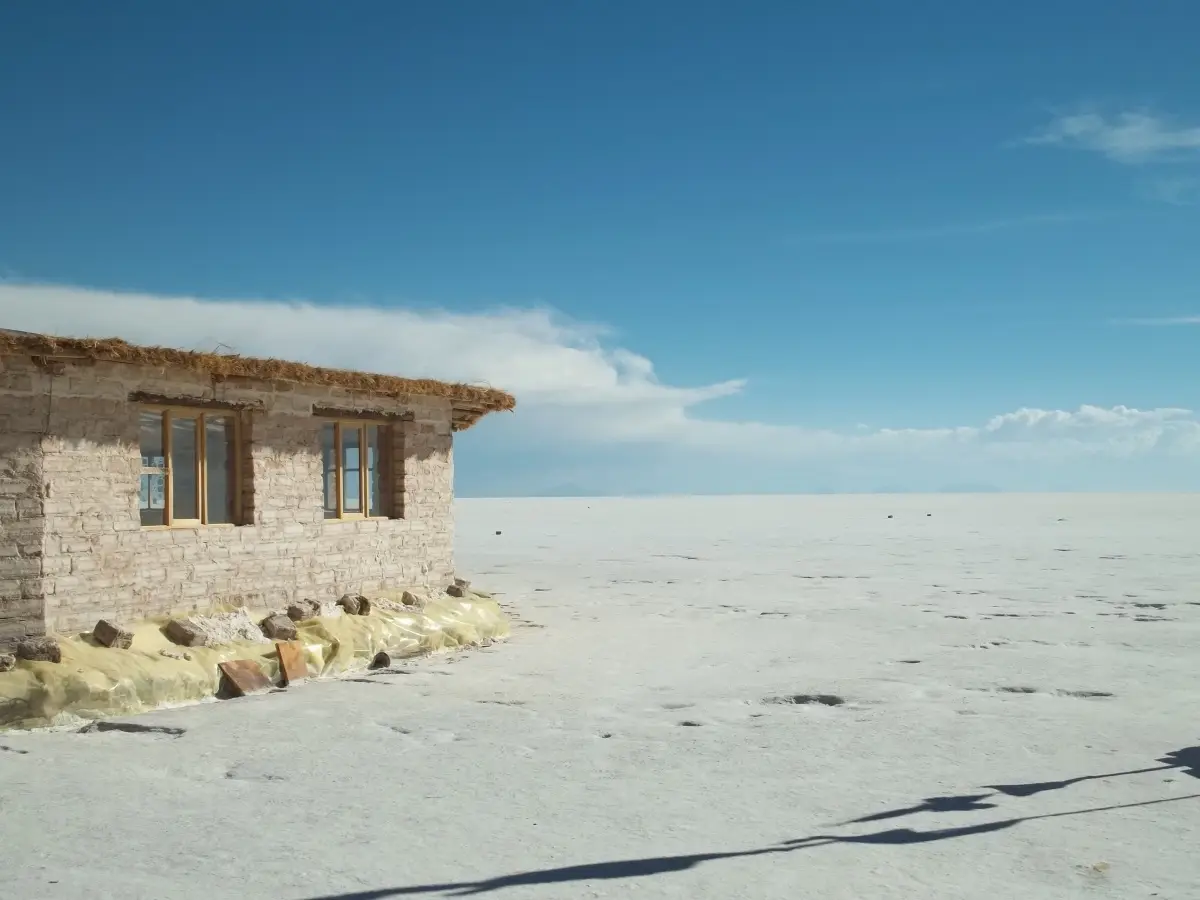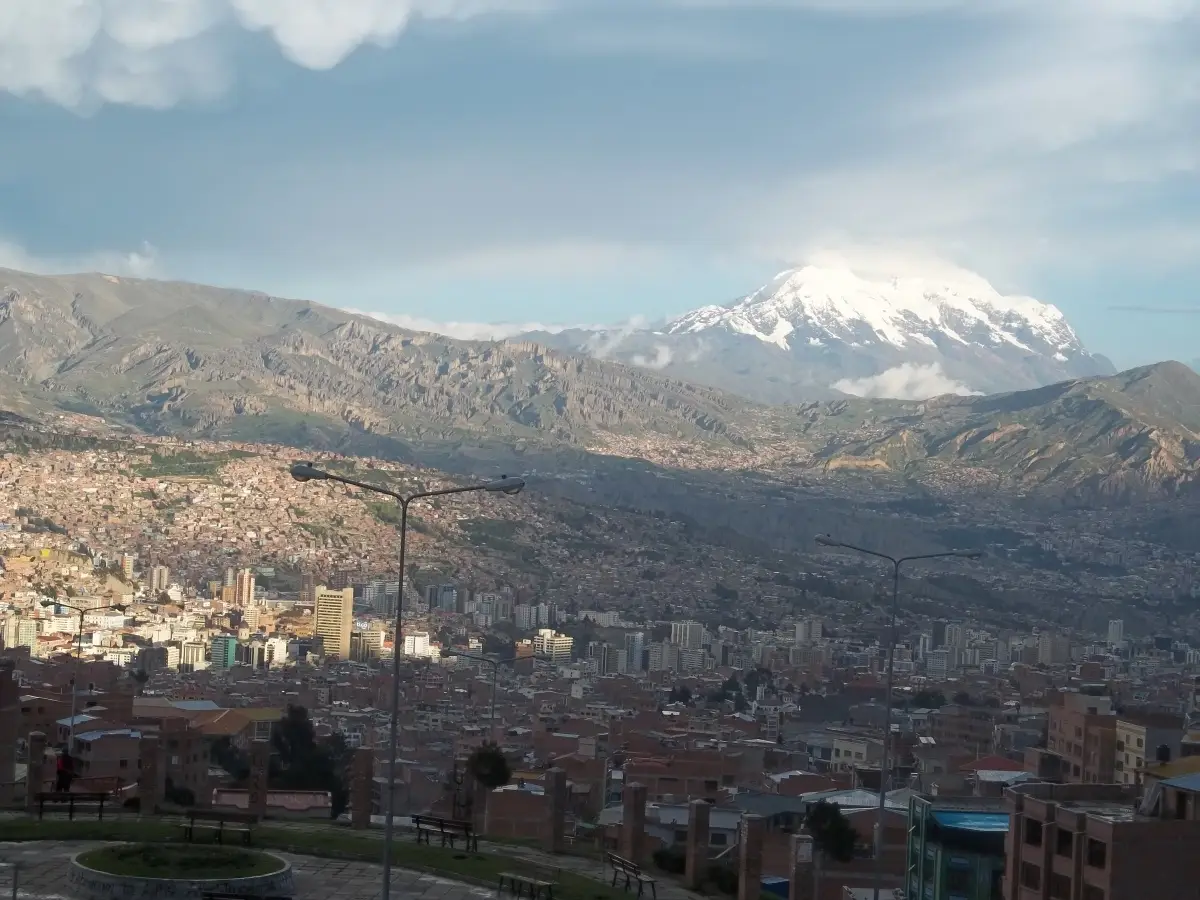The Spanish-speaking world is diverse and fascinating. More than 20 countries share the Spanish language, each with its own unique culture, history and landscapes. Spanish is a rich and diverse language, and in the different Spanish-speaking countries, there is a wide variety of accents and vocabulary. Each region has its own way of pronouncing and expressing the language, which enriches the language and reflects the cultural diversity of the speakers. For Spanish learners, traveling to a country where that language is spoken is not only an excellent opportunity to improve their skills, but also to immerse themselves in local traditions and discover corners that will take their breath away.
In this article, we present three Spanish-speaking countries that you cannot miss, whether for their traditions, their nature, their food or all of the above. It doesn’t matter if your Spanish is not perfect! Simply making an effort to communicate with the locals will guarantee you an unforgettable welcome. Traveling to these countries will motivate you to continue learning and enrich your worldview. Let’s get started!
Panama

One of the 365 islas of the San Blas archipelago, Panamá.
Panama is one of the fascinating Spanish-speaking countries that connects Central and South America. Its mix of modernity and lush nature is truly unique. Depending on where you come from, arriving in Panama City can be a smooth transition into the Latin American world.
Panama is home to the Panama Canal, which is one of the marvels of modern engineering, which opened in 1914. This canal connects the Atlantic Ocean with the Pacific Ocean, and that allows ships to avoid the long and dangerous route around Cape Horn. But this country offers much more than the Canal or its modern capital city. Panama has idyllic beaches both in the Caribbean Sea and the Pacific Ocean, and national parks full of biodiversity such as the Coiba National Park. If you like the sea and tropical weather, do not hesitate to visit it.
Something outstanding
San Blas Islands are a must-see and a unique destination because the 50 inhabitable islands of the archipelago are preserved and managed by their ancestral owners: the indigenous Guna people. There are all kinds of possible accommodation options: sailboats, cabins and campsites. If you are looking for a luxury hotel with a pool, you may prefer to return to Panama City. Remember that, as a Spanish student, you must be open to bursting your comfort bubble and seeing that other worlds are possible. Take advantage of the opportunity to taste typical dishes, chat with different people and make your trip an adventure.
México

Músicos en el Día de Muertos. Oaxaca de Juárez, México.
Mexico is a large and varied country that is impossible to summarize in one post, but the state of Oaxaca stands out as a hinge between the purely local and the touristic. Oaxaca stands out for its mountainous landscapes and its impressive indigenous Zapotec and Mixtec heritage that is reflected in festivities such as the Guelaguetza. The capital city, Oaxaca de Juárez, is also one of the places where the Day of the Dead is celebrated most massively in the colonial streets and nearby cemeteries.
In Oaxaca you can try mole, a rich sauce made from chili peppers, chocolate and spices, with different variants such as black mole, red mole and green mole. Mezcal is also typical, an alcoholic drink distilled from agave, which is produced in several regions. And, if you like the sea, beaches such as Zicatela and Mazunte are famous for their beauty and relaxed atmosphere, ideal for surfing and ecotourism.
On the other hand, while the Mexican Caribbean is famous for its white sand beaches and turquoise waters, it is much more than just a touristy destination. This region, which includes states such as Quintana Roo and Yucatán, offers a deep connection with the local culture and a rich biodiversity that goes beyond tourist attractions. For example, the Sian Ka’an Biosphere Reserve has diverse ecosystems such as jungles, mangroves and coral reefs. In turn, the famous city of Tulum is distinguished by its location facing the Caribbean Sea and its well-preserved archaeological site that was a commercial port and a ceremonial center during the Mayan postclassic period.
Something outstanding
Everyone knows tequila, the images from the Day of the Dead, tacos, and has heard of the Aztecs at least once in their life. But a Spanish student’s trip through Spanish-speaking countries is always different from that of someone traveling as a simple tourist.
Did you know that many Spanish words come from “Nahuatl”, the language of the ancient Mexicas (Aztecs)? Words like “chocolate,” “tomato,” “avocado,” and “chewing gum” are just a few examples of the rich linguistic legacy that this language has left in Spanish. This shows us how pre-Hispanic cultures are still alive in the everyday language of some Spanish-speaking countries.
Bolivia

Salar de Uyuni, Bolivia.
Learning a language is like entering a new world, and traveling to Bolivia will accompany this feeling. Bolivia is a unique Spanish-speaking country located in the heart of South America. It is famous for its geographical and cultural diversity, an authentic country that dazzles without putting on makeup to look pretty for tourists.
If you like mountains, you are in luck because there you can contemplate the Andes and, if this is not enough, live in the highest capital in the world: La Paz. Bolivia offers impressive landscapes that seem from another planet, such as the Salar de Uyuni, which is the largest salt desert in the world. There is also Lake Titicaca, the highest navigable lake in the world, shared with Peru, which has floating islands and wonderful mountain landscapes.
Bolivia is home to a predominantly indigenous population, with more than 30 recognized ethnic groups. One of the most evident features of indigenous heritage is the use of indigenous languages that coexist with Spanish. Aymara and Quechua are two of the most widely spoken languages and are an official part of the Bolivian education system. This cultural diversity has influenced customs, languages, and festivities. Traditional clothing is another expression of this heritage. In rural and urban areas of Bolivia, it is common to see indigenous women, called “cholitas”, wearing “polleras” (wide skirts), hats, and colorful blankets, symbols of cultural identity and pride.
Something outstanding
If your schedule is flexible, visit Bolivia for the Festival of the Sun or “Inti Raymi”, which honors the sun God, or the Andean New Year. Enjoy ancestral rituals that will transport you to a simpler, more natural world. There are also traditional spiritual practices such as offerings to Pachamama (Mother Earth), very common in rural and Andean communities, where the earth is seen as a living being and respected.
Why is it a good idea to travel to Spanish speaking countries?

Ciudad de la Paz, Bolivia.
Traveling is an adventure, just like learning a language, and if you’re thinking about your next trip and want it to be a unique experience, think no more and choose one of these Spanish-speaking countries. In them, you can get off the beaten track and put your communication skills into practice while learning about the diversity of the world. These destinations not only help you practice the language, but they offer a unique window into the vibrant cultural tapestry of Latin America. Appreciating the variations of languages allows us to appreciate the cultural and linguistic richness of the language and understand that each way of speaking enriches our communication and global understanding.
The American continent refuses to be a stereotype, it refuses to be united under a simple name and it sincerely opens itself to those who want to see it or live it. Explore mountains, festivals, lakes, beaches, islands, taste old recipes from kind hands, talk to its people and appreciate having the possibility you have, because you are now tied to it by simply speaking its language.







0 Comments